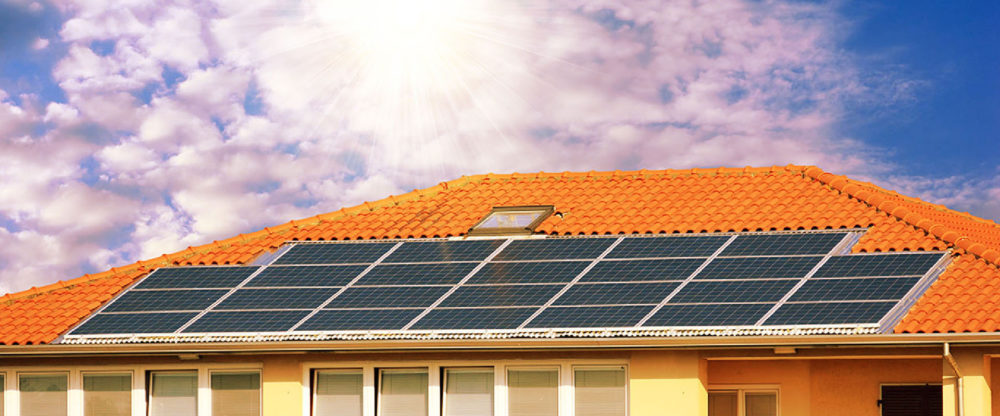Perched atop the Downtown Clinic in Laramie you’ll find rows of solar panels soaking up rays of Wyoming sunshine.
A Wyoming health care clinic for all, powered by the sun

https://trib.com/business/energy/a-wyoming-health-care-clinic-for-all-powered-by-the-sun/article_4345de13-668f-56e5-8e32-74879639bddf.html
The electricity generated from the solar array and battery covers 98% of the medical clinic’s electricity costs. That’s a big deal for the clinic, which primarily serves low-income and uninsured patients needing care. Those savings each year translate into 60 additional primary care visits, 200 prescriptions and 20 eye exams.
This is one of several renewable energy projects made possible through Rocky Mountain Power’s Blue Sky program. The voluntary program gives the utility’s customers a chance to chip in a couple bucks each month to equip community-based organizations around the state with solar, micro-hydro and wind systems. The Blue Sky program is now celebrating its 20th year.
“The solar array and the backup battery has allowed us to expand our services and add a vaccine program,” said Pete Gosar, executive director of the Downtown Clinic. “And in response to COVID-19, we are able to offer a drive-thru testing program for our clients. The impact of these programs on the health of our clients, their families and the entire community cannot be overstated.”
Two years ago, the Downtown Clinic received the $33,675 grant raised by Blue Sky participants to install the 7 kilowatt solar energy system to the facility’s rooftop. The Wyoming-based commercial and residential solar energy company Creative Energies Solar installed the system for the clinic.
The system came in handy when, on July 31, a power outage swept through Laramie, including the neighborhood where the Downtown Clinic sits. Services at the clinic continued all the same and its vaccines were preserved, thanks to the battery storage. It ensured electricity continued to hum along, even during the blackout.
The benefits of the solar panels go far beyond just cost savings or emergency response, according to Gosar.
“Free health care shouldn’t be substandard health care,” Gosar said. “Free health care should be innovative. (The solar installation) is another step to say to patients, ‘Hey, you’re in a really interesting place, and there are people in that community who think that you’re important.’”
Other Wyoming organizations that have had help transitioning to renewable energy through the program include the Lander Care and Share Food bank, the Girl Scout Council of Wyoming and The Soldier’s House.
“The power comes from the sun,” Rocky Mountain Power spokeswoman Tiffany Erickson said. “The (organizations) can then redirect the funding that they were previously putting into operation, utility and maintenance costs and refocus it on other tenants of their programs to better serve their communities and their clients and those that they’re helping.”
How does it work?
About 5,000 customers voluntarily opt in to contribute to Rocky Mountain Power’s Blue Sky program.
Customers select how much of their energy usage they want to offset with renewable energy certificates. These certificates then fund additional utility-scale renewable energy development and community-based projects, like the Downtown Clinic’s solar panels and battery. The added cost for the customer starts at around $1.95 a month.
PacifiCorp, the parent company of Rocky Mountain Power, provides customers in six states with power, including Wyoming. Through the program, customers across the utility’s vast service territory have helped generate 9.2 million megawatt-hours of renewable energy for 160 organizations in the past two decades. For perspective, that amount of power could provide electricity to about 938,000 homes for an entire year.
In PacifiCorp’s latest integrated resource plan, published in October 2019, the utility announced plans to invest heavily in expanding transmission lines, in tandem with an ambitious vision for new renewable energy infrastructure.
The utility company is on track to complete several utility-scale renewable energy projects by the end of the year. The myriad developments are part of the utility’s Energy Vision 2020 — a $3.1 billion renewable energy initiative launched in 2017 to increase the utility’s renewable portfolio and save ratepayers costs down the road. By the end of 2020, the utility will have added 1,150 megawatts of new wind resources to the state.


